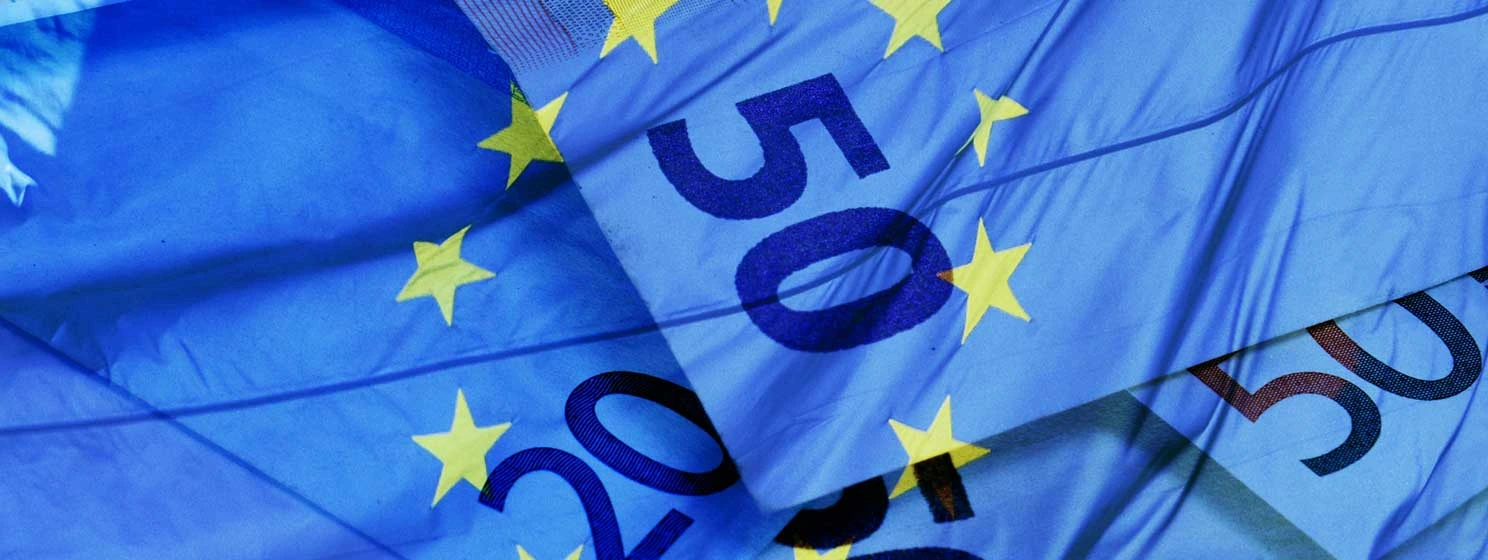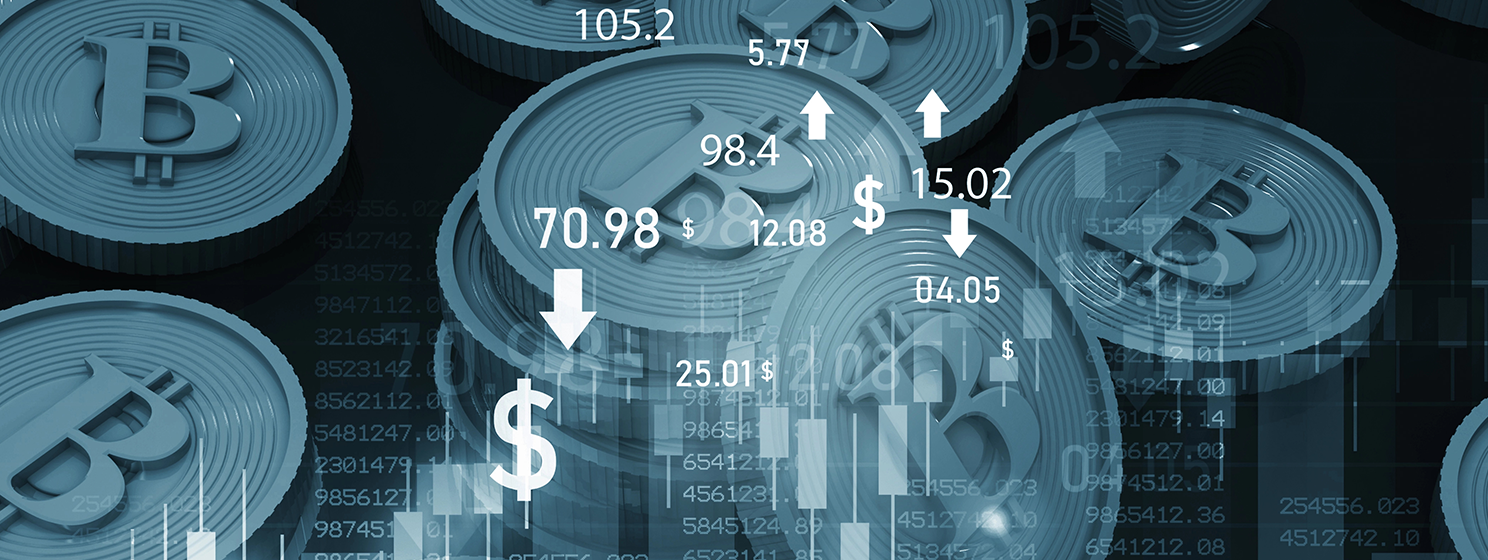|
Getting your Trinity Audio player ready...
|
Eurozone finance ministers will reportedly meet on October 9 to discuss how they can support the development of euro-denominated stablecoins, to prevent the sector from being solely dominated by United States Dollar (USD) denominated coins, as is currently the case.
According to a Reuters report, citing “a senior euro zone official,” EU finance ministers from the 20 Eurozone countries will discuss several issues related to the booming stablecoin space, which recently surpassed $300 billion in market capitalization.
Specifically, on the agenda will be whether the EU has struck the right balance between risk mitigation and promoting financial innovations, whether it should be more supportive of the sector, and if there are any regulatory issues that the bloc needs to address to “better nurture the development” of euro stablecoins.
“So the discussion is basically how should we position ourselves towards all this,” the official told Reuters. “This is very much an early engagement. It is mainly about putting this issue in the hands of finance ministers, getting their attention, first reactions, and we will then see where it takes us later.”
Currently, the top euro stablecoin, by market capitalization, is EURC, a euro-backed stablecoin issued by Circle (NASDAQ: CRCL), the U.S. company behind the leading USD-denominated stablecoin USDC.
For comparison, EURC has a market cap of $259 million, while USDC’s is over $75 billion, and the latter isn’t even the top USD stablecoin on the market; that honor goes to Tether, which has a market cap of $178 billion.
Herein lies the challenge for the EU: launching a euro stablecoin that can compete with these USD powerhouses in terms of utility and transaction volume.
The dollar has long been the default currency for international commerce, the benchmark for global financial stability, and a key measure of economic confidence worldwide. Meanwhile, so-called ‘dollarization’ has seen its already substantial global influence further cemented in economies around the globe.It’s no surprise, then, to see the USD dominating the stablecoin market as well, particularly with a large portion of
blockchain development taking place in the United States. The country has also recently taken steps to maintain this dominance.
In July, President Trump signed the GENIUS Act into Law, providing more clarity for the U.S. stablecoin market while also mandating that U.S. stablecoin issuers base them on USD or U.S. treasuries.
However, the EU has been slow when it comes to supporting the digital asset space. It was the first major jurisdiction to introduce comprehensive, tailored digital asset regulation in the form of the Markets in Crypto Assets (MiCA) regulatory framework, which fully came into force at the end of last year.
Based on the information provided by the unnamed official, who Reuters reported had participated in the preparations for the ministerial meeting, keeping pace in the stablecoin race is the next challenge the bloc has set for itself.
Another part of this challenge, and reportedly something that the Eurozone finance ministers will discuss, is how these stablecoin goals can be married with the ongoing development of the EU’s digital Euro central bank digital currency (CBDC).
CBDC v stablecoins
The European Central Bank (ECB) has been developing a digital euro since 2021 and is keen to see it realized. The project has been held up by the European Parliament, which has been dragging its feet on the necessary regulations. However, a breakthrough was reportedly made recently, and the ECB is now targeting 2029 for a possible launch.
The digital euro would be a form of digital money issued by the central bank, in other words, a CBDC. It would function similarly to a stablecoin, maintaining a fixed value against the euro, but unlike private stablecoins, it would be a direct liability of the central bank.
One popular argument against a digital euro is that, if widely adopted, it could reduce the demand for privately issued euro-denominated stablecoins.
This is also one of the reasons many pro-free market lawmakers in the U.S., including President Trump, are anti-CBDC—to the point of Trump signing an executive order in January “prohibiting the establishment, issuance, circulation, and use of a CBDC within the jurisdiction of the United States.”
With the EU seemingly set on the path to the digital euro, the attempt by Eurozone finance ministers to also promote and nurture more “high quality” Euro stablecoins may prove a classic case of them trying to have their cake and eat it—ultimately to the detriment of one or the other.
Watch | MiCA and the Future of Stablecoins: What Comes Next for Tether?

 12-14-2025
12-14-2025 





